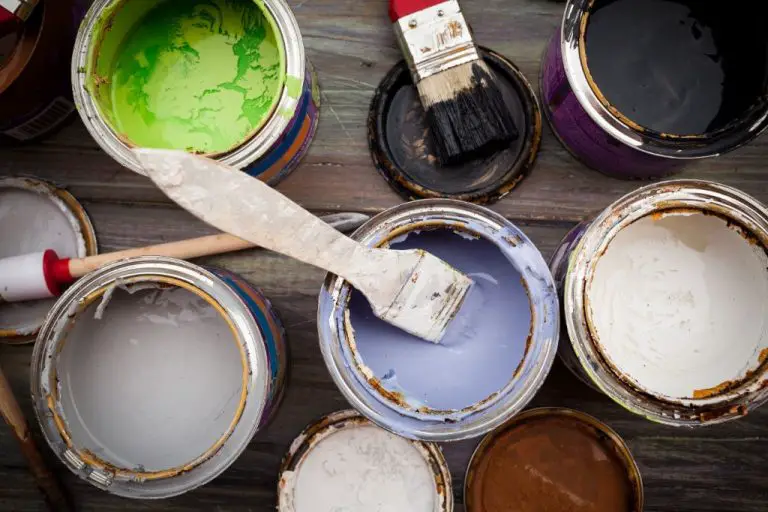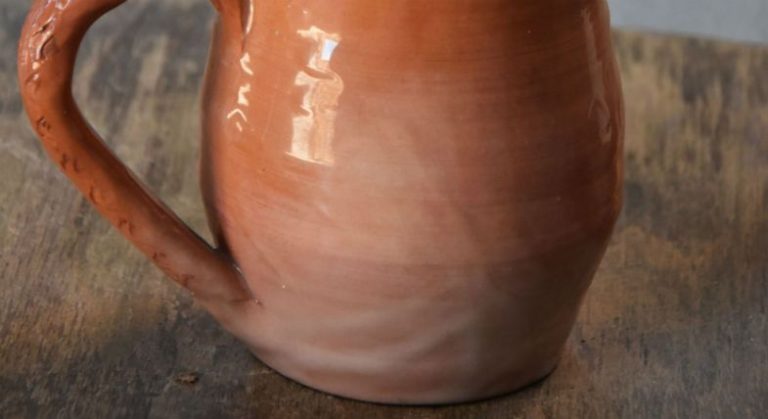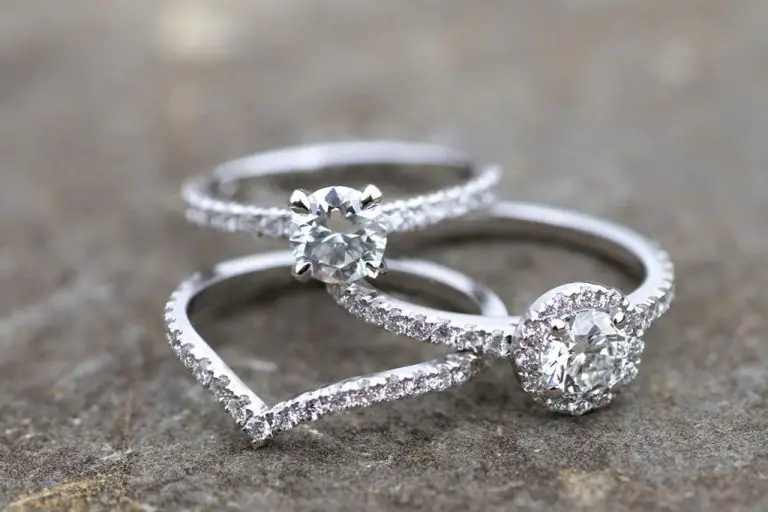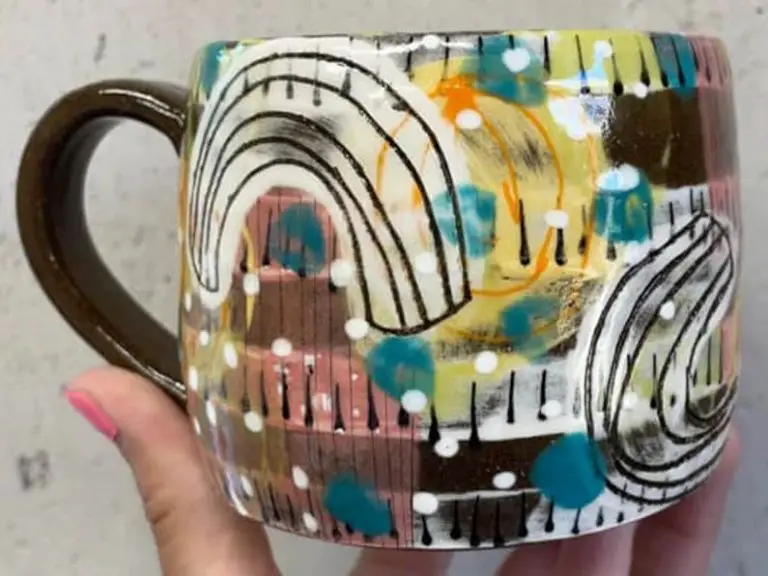Can I Make A Mask From Clay?
Clay masks are face masks made primarily from clay that can be used to cleanse and nourish the skin. When applied to the face and allowed to dry, the clay pulls impurities from the skin, absorbs excess oils, and helps improve the appearance of pores. Clay masks offer a variety of benefits, including detoxifying the skin, reducing acne, minimizing the look of pores, and giving skin a healthy glow.
Clay masks can be purchased pre-made from beauty retailers, but they can also easily be made at home using simple ingredients. Homemade clay masks allow you to customize the formula to your skin’s needs. Making your own clay mask is inexpensive, easy, and can provide a spa-like facial treatment right at home.
Types of Clay for Masks
When making a clay mask at home, you’ll want to use a cosmetic grade clay that is safe for skin use. Here are some of the most common clays used in DIY masks:
Bentonite Clay
Bentonite clay is formed from volcanic ash and has a strong negative electrical charge. This allows it to draw out impurities from skin. It also helps soothe skin irritation. Bentonite works well for oily and acne-prone skin types.
Kaolin Clay
Kaolin clay is very gentle and ideal for sensitive skin. It is white in color and does not absorb as much oil as bentonite. Kaolin clay helps exfoliate dead skin cells and improve circulation.
French Green Clay
French green clay has excellent absorption properties and helps stimulate blood flow. It contains minerals like calcium, iron, magnesium, potassium, and silicon. This mineral-rich clay is suitable for normal, dry, and mature skin types.
Making Your Own Clay Mask
Making your own clay mask at home is easy and only requires a few simple ingredients. Here’s what you’ll need:
- Bentonite clay or kaolin clay – These are gentle clays that work well for most skin types.
- Water or herbal tea – Use water, green tea, chamomile tea or calendula tea as the liquid base.
- Apple cider vinegar or lemon juice (optional) – Adding a bit of acid like ACV helps balance the pH.
- Honey, oils or aloe vera (optional) – These help moisturize and soothe the skin.
Follow these simple steps to make a basic clay mask:
- Mix 1 tablespoon of bentonite or kaolin clay with 1-2 tablespoons of water or tea in a small bowl. The mixture should form a smooth, spreadable paste.
- If desired, add 1 teaspoon apple cider vinegar or lemon juice to help balance the pH for sensitive skin.
- Add 1 teaspoon honey, oil or aloe vera if you want a more moisturizing mask.
- Mix all ingredients together until fully incorporated.
- Apply the clay mask to clean skin, avoiding the eye area. Let it sit for 10-15 minutes until dry.
- Rinse off thoroughly with warm water. Pat skin dry and follow up with moisturizer.
It’s that easy! Adjust the measurements based on how much mask you want to make. Store any leftover mask in an airtight container for 1-2 weeks.
Applying a Clay Mask
Applying a clay mask evenly is important to get the full benefits. Here are some tips for applying a clay mask properly:
- Start with a clean, dry face. Make sure to wash your face beforehand to remove any dirt, oil or makeup.
- Use a facial brush, cotton pad or your fingertips to apply a thin, even layer all over your face. Avoid applying too thickly.
- Pay extra attention to problem areas prone to breakouts, like your T-zone. Add a little extra clay mask to these areas.
- Avoid the eye area and lips. Clay can be drying to these delicate areas.
- Let the clay mask sit on your skin undisturbed for 10-15 minutes. This allows it to fully dry and absorb into your pores.
- Resist the urge to touch or rub the mask as it dries. This can cause it to flake off unevenly.
- Once the mask has dried, splash your face with warm water and gently massage in circular motions to remove.
- Pat your skin dry with a clean towel. Follow up with a hydrating moisturizer.
Applying a clay mask 1-2 times per week will let your skin reap all the deep cleansing and oil absorbing benefits.
Benefits of DIY Clay Masks
Homemade clay masks have several advantages over store-bought masks. Here are some of the top benefits of making your own DIY clay mask:
Customizable Ingredients
One of the best things about DIY clay masks is that you can customize the ingredients to suit your skin’s needs. You can add oils, herbs, essential oils, honey and more to create a mask tailored just for you.
Fun Activity
Following recipes to whip up a custom face mask is an enjoyable activity for self-care. It can be a relaxing creative outlet to make something with your own two hands.
Saves Money
Rather than spending money on premade clay masks that may not meet your skin’s requirements, you can make them at home for a fraction of the cost using ingredients you likely already have in your pantry and fridge.
Tips for Sensitive Skin
If you have sensitive skin, take extra precautions when using a homemade clay mask to avoid irritation:
-
Do a patch test first. Apply a small amount of the mask to your inner arm and leave it for 30 minutes. If no irritation occurs, it should be safe to use on your face.
-
Opt for gentler clays like kaolin or French green clay rather than more drying clays like bentonite.
-
Don’t over-dry your skin. Leave the mask on for 5-10 minutes maximum.
-
Mix in soothing ingredients like aloe vera gel, honey, or oatmeal.
-
Avoid adding essential oils or extracts that may cause irritation.
-
Rinse off thoroughly with lukewarm water and follow up with a gentle, fragrance-free moisturizer.
With some care, those with sensitive skin can still enjoy the deep-cleansing benefits of homemade clay masks. Just introduce them gradually and stop if any discomfort occurs.
Storing Clay Masks
Once you’ve created your DIY clay mask, you’ll want to store it properly to extend its shelf life. Here are some tips for storing clay masks:
Seal the Container
Be sure to store your clay mask in an airtight container. Mason jars or plastic containers with tight-fitting lids work best. This prevents the clay from drying out.
Keep in a Cool, Dry Place
Store your clay mask somewhere dark, dry and cool, like a cupboard or pantry. Avoid humid environments like the bathroom. Heat and moisture can cause the clay to develop mold.
Shelf Life
Most homemade clay masks will stay fresh for 2-3 months when properly stored. Write the date on your container so you know when it was made. If it dries out or changes color/texture, it’s time to throw it out.
Troubleshooting Issues
When using a clay mask, you may run into some troublesome skin reactions. Here are some common issues and how to resolve them:
Mask too drying
Clay can be very drying on the skin. If your homemade clay mask is leaving your skin feeling parched and tight, try reducing the amount of clay powder in the recipe. Add more moisturizing ingredients like yogurt, honey, or oil. You can also apply a moisturizer right after rinsing off the mask.
Breakouts
Some people find that clay masks cause them to break out. This may be due to ingredients you are sensitive to. Try eliminating ingredients one at a time to find the culprit. Purifying clays can also initially cause breakouts by drawing impurities to the surface. This should subside within a week or two as the mask cleans your pores.
Irritation
Facial redness, itching, burning or tingling can signal an irritation from the clay mask. Discontinue use immediately if this occurs. See if you can pinpoint an ingredient you are reactive to. It may help to mix the clay powder with something soothing like aloe vera gel instead of water.
Masks vs. Scrubs
Clay masks and facial scrubs serve different purposes in a skincare routine. Here are the key differences between the two:
Uses
Clay masks are designed to deeply cleanse the skin and absorb excess oil. They are applied in a thick layer and left on for 10-20 minutes before rinsing off. Clay masks help draw out impurities from deep within pores.
Facial scrubs gently exfoliate the surface of skin to remove dead skin cells and debris. They are massaged into the skin in circular motions and then rinsed off. Scrubs reveal newer, fresher skin by sloughing off dull surface layers.
Benefits
Clay masks provide the benefits of pore cleansing, oil control, and extracting impurities. They also promote circulation and leave skin looking detoxified. The deep cleansing action helps prevent future breakouts.
Scrubs smooth skin texture by removing flaky bits, soften fine lines, and allow skincare products to better penetrate. Exfoliation unveils glowing, younger-looking skin by shedding dry, dull surface cells.
Ingredients
Clay masks contain clays like bentonite or kaolin that absorb oil and draw out impurities. They may also include helpful ingredients like sulfur, charcoal, tea tree oil, or willow bark.
Facial scrubs contain exfoliant particles, often made from jojoba beads, sugar, salt, fruit seeds, nuts, or pumice. Natural scrubs use gentle ingredients while some contain microbeads made of plastic.
Both masks and scrubs often contain nourishing oils, vitamins, antioxidants, and plant extracts suited for various skin types.
Summary
In summary, making your own clay mask at home can be easy, affordable, and beneficial for your skin. The key is choosing the right clay for your skin type. Bentonite and kaolin clays are gentle for most skin types, while rhassoul and red clay are ideal for dry or mature skin. Whichever clay you choose, be sure to mix it with water or liquids like apple cider vinegar to reach a spreadable consistency. Apply your homemade clay mask gently to clean skin, avoiding sensitive areas like the eyes. Let it dry for 10-15 minutes before rinsing.
Clay masks help draw out impurities, reduce the appearance of pores, and leave skin feeling soft and refreshed. They are great for once or twice a week exfoliation. DIY clay masks enable you to customize the ingredients to your own skin’s needs. With some experimentation, you can craft the perfect mask for you from simple natural ingredients. Just be sure to store any leftover mask in an airtight container in the refrigerator for up to two weeks. We hope these tips give you the confidence to create your own customized clay mask at home.




